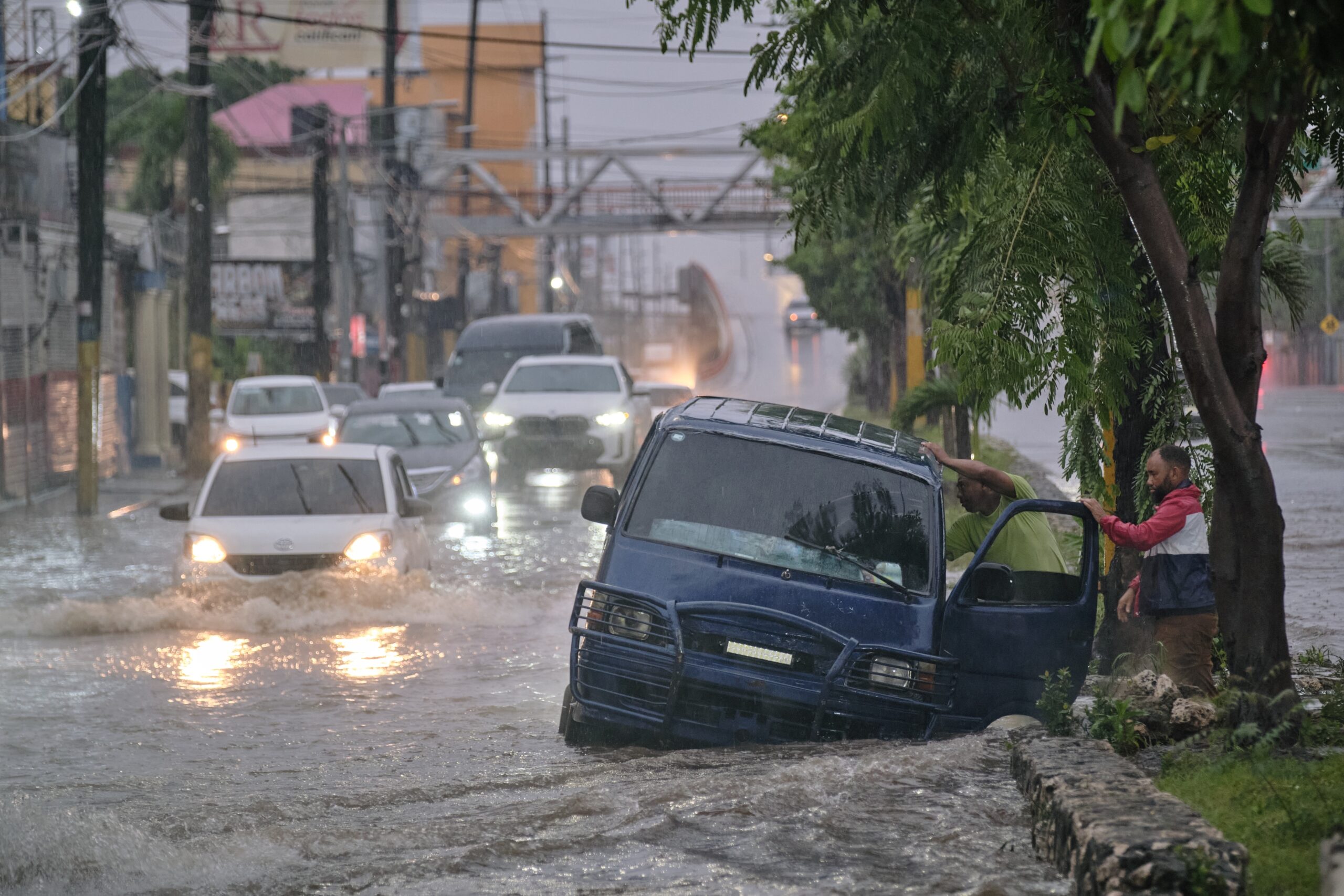**Hurricane Melissa Strikes Eastern Cuba After Devastating Jamaica as Category 5 Storm**
Hurricane Melissa made landfall in eastern Cuba early Wednesday as a Category 3 storm, following its brutal impact on Jamaica as a Category 5 hurricane. The storm inflicted widespread damage across Jamaica, particularly near the town of New Hope, where homes and businesses were destroyed.
Evan Thompson, Principal Director at Meteorological Service Jamaica, issued a grave warning ahead of the storm’s arrival: “It will cause catastrophic damage, life-threatening damage. There is very little that can stop a Category 5 hurricane.”
Powerful winds and fallen trees have left a trail of destruction and life-threatening flooding throughout the island. Roads remain impassable as storm surges reaching up to 13 feet inundate coastal areas. The parish of St. Elizabeth is reportedly underwater, and over half a million residents are currently without power.
Four main hospitals sustained damage during the storm, with one losing power completely, forcing the evacuation of 75 patients. In response to the crisis, the Prime Minister of Jamaica declared the entire island a disaster area.
For many residents, Hurricane Melissa has upended lives and plans. Shantelle Nova shared her experience as her dream wedding venue flooded and was severely damaged. “Windows are broken, a lot of water is coming in, so we’re just basically pushing towels and stuff at the doors,” Nova said. “The level of noise is ridiculous. Trees have really bent over and flown away, and some of our roof is completely off.”
**Severe Flooding Hits Cuba**
In Cuba, severe flooding overwhelmed streets in Santiago de Cuba as the storm brought heavy rains and strong winds before making landfall. Some areas were forecast to receive up to 20 inches of rain along with significant coastal storm surge.
Approximately 500,000 people were evacuated from vulnerable areas in anticipation of high winds and flooding as Melissa swept across the Caribbean.
**Operation Blessing Prepares to Assist Storm Victims**
CBN’s Operation Blessing (OB) is actively preparing to assist those affected by Hurricane Melissa. Teams have been packing essential supplies and readying for deployment to the impacted regions.
On CBN’s Faith Nation, Diego Traverso, Senior Director for Operation Blessing’s Global Disaster Response Team, highlighted the challenges ahead:
“We don’t know how catastrophic this is going to be, if the water is going to recede, if the airports are going to be open and when they’re going to be open. So, at this point, we are just getting ready as close as we can to the island and praying for favor so we can either ride on a private or commercial airplane.”
The OB team is assembling much-needed disaster relief supplies, including water, food, solar lamps, hygiene kits, chlorinators, and water purification units to ensure access to clean drinking water.
Traverso emphasized the critical nature of clean water: “Water is going to be critical; the different ways for them to get water is going to get polluted. Pray for the people of Jamaica. Pray for the team of Operation Blessing.”
In addition to supplies, Operation Blessing is preparing cargo shipments with pallets of food and hygiene products for families in need.
**Looking Ahead: Hurricane Melissa Moves Toward the Bahamas**
Hurricane Melissa is forecast to move into the Bahamas later Wednesday. Jamaican officials are hopeful that airports will reopen by Thursday, facilitating recovery and relief efforts.
Meanwhile, U.S. President Donald Trump has stated that the United States is prepared to send aid to support those affected by the devastating storm.
—
*Stay tuned for updates on Hurricane Melissa and relief efforts as the situation develops.*
https://www1.cbn.com/cbnnews/world/2025/october/life-threatening-damage-hurricane-melissa-makes-landfall-in-cuba-after-battering-jamaica
